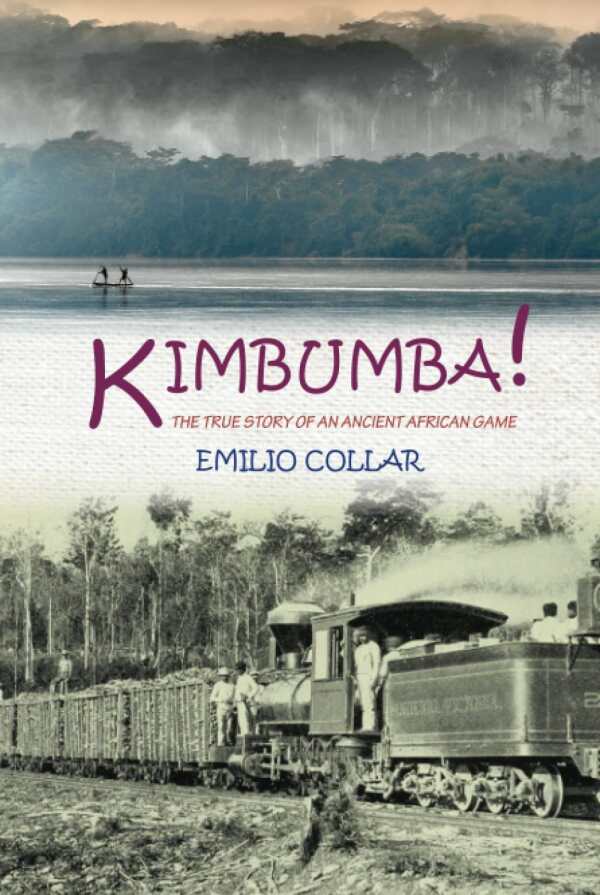It looks like you've stumbled upon a page meant to be read by our code instead of viewed directly. You're probably looking for this page.
Kimbumba!
The True Story of an Ancient African Game
Kimbumba! is a diverse book that memorializes a game, a mentor, and a childhood Cuban team.
Emilio Collar’s intriguing book Kimbumba! combines elements of a childhood memoir with the story of a thousand-year-old African game.
When Collar was young, his father took a job as a maestro de azúcar, or sugarcane master, in Cuba. Collar and his little brother Joseito were unhappy with the resultant move—until they met Don Manuel, the sugarcane mill’s guard. The Afro-Cuban widower took the time to introduce the boys to Kimbumba, a game invented long ago that is the subject of an oral legend: In the Congo, a bored twelve-year-old boy, Kimbu, tried to hit a short stick with a long one so that it flew up in the air, and then tried to hit it again when it was in the air. After a lot of trial and error, his sister, Kinsha, helped him figure out how to make the second goal possible. They invited other children to play, and the game grew in popularity until monthly championships were held.
In time, Kimbumba made its way to the Caribbean islands too—brought there along with slavery. To capture this context, some of the book is dedicated to Don Manuel’s personal history: his great-grandparents and parents were enslaved; he told the boys about his family’s experiences while they learned the game. And over the next three summers, Don Manuel continued to train the brothers and other children in the sport. They made modifications to it as well, thus becoming a part of its storied history.
Though the book mentions where Collar’s parents came from, how they met, and what his father did for a living, its personal elements are slim in service of its greater focus on the game itself. Indeed, Collar covers Kimbumba’s history, rules, and tools with care; he also recalls the summers he spent training in the sport. Still, it’s the characteristics of the game that are recorded in the most exhaustive detail, from the equipment needed (two sticks—a long rod and a short bumba) to particular matches.
There are charts and other graphics to complement Collar’s explanations of the game’s details. The book’s last chapter is devoted to commentary on one exciting match, narrated with immediacy. However, some terms repeat without need, and some of the book’s sentences are stilted because of a lack of pronouns. Punctuation issues, particularly where the book’s dialogues are concerned, also impede the book’s flow.
Kimbumba! is a diverse book that memorializes a game, a mentor, and a childhood Cuban team.
Reviewed by
Carolina Ciucci
Disclosure: This article is not an endorsement, but a review. The publisher of this book provided free copies of the book and paid a small fee to have their book reviewed by a professional reviewer. Foreword Reviews and Clarion Reviews make no guarantee that the publisher will receive a positive review. Foreword Magazine, Inc. is disclosing this in accordance with the Federal Trade Commission’s 16 CFR, Part 255.
